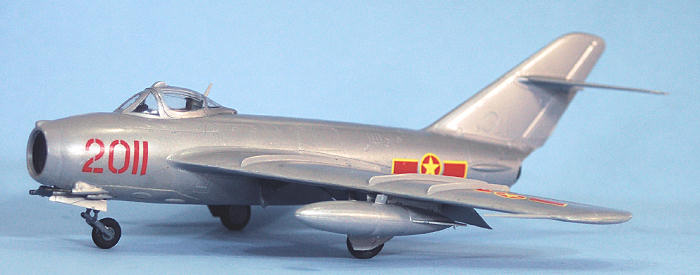
| KIT #: | 80334 |
| PRICE: | $37.95 MSRP |
| DECALS: | Three options |
| REVIEWER: | Tom Cleaver |
| NOTES: |

| HISTORY |
The MiG-17 entered production in May 1951 with a non-afterburning
powerplant similar to that of the MiG-15bis and was initially known to NATO
as the “Fresco-A.” The
definitive MiG-17F day fighter (NATO code “Fresco C”) entered production in
early 1953. Fitted with the VK‑1F engine with an afterburner, which improved
its performance, it became the most popular variant of the MiG‑17. The next
mass‑produced variant with afterburner and radar was the MiG‑17PF, known by
its NATO reporting code of “Fresco-D.” In 1956 a small series of 47 aircraft
was converted to the MiG‑17PM standard - also known as PFU - with an
all-missile armament of four first‑generation Kaliningrad K‑5 (NATO
reporting name AA‑1 'Alkali') air‑to‑air missiles. A small series of MiG‑17R
reconnaissance aircraft were built with VK‑1F engine (after first being
tested with the VK‑5F engine).
By the time production ended in 1958, Several thousand MiG‑17s had
been built. The aircraft served
in the air forces of all Warsaw Pact nations, as well as China, North Korea
and North Vietnam, in addition to the air forces of Egypt, Syria, and Cuba,
as well as numerous other small Third World air forces where the USSR
provided aid during the Cold War.
When flown by a well-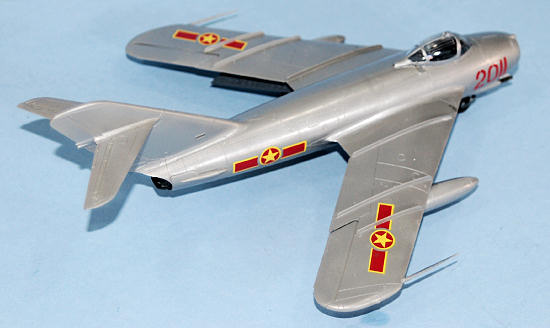 trained
pilot, the MiG-17 scored well against later-generations of Western fighters,
particularly during the Vietnam War.
trained
pilot, the MiG-17 scored well against later-generations of Western fighters,
particularly during the Vietnam War.
From 1965 to 1972, MiG‑17s from the NVAF 921st and 923rd Fighter
Regiments would claim 71 aerial victories against US aircraft: 11 F-8
Crusaders; 16 -F105 Thunderchiefs; 32 F-4 Phantom IIs; 2 A-4 Skyhawks; 7 A-1
Skyraiders; 1 C-47; 1 CH-3C helicopter; and one Firebee UAV reconnaissance
drone.
MiG-17s are now flown in the United States and Western Europe by
private individuals, and can be seen at air shows where they provide a
stirring aerobatic display that fully demonstrates what a dangerous opponent
the airplane could be in air combat.
OV-1 vs.
MiG-17:
Several years ago when I reviewed the
Roden OV-1A, I mentioned in the
history section that it was long rumored that an OV-1 might have shot down a
MiG-17. Imagine my surprise 18
months ago when I found an e-mail in my in-box from Ken Lee, telling me that
he had been searching the net for pictures of OV-1s and had found my review,
ending with the statement: “I’m the guy who shot down the MiG-17.”
I immediately contacted him, and did an interview, which resulted in
an article in “Flight Journal” that created quite a stir in the Army
Aviation community. As a
result, the Army now recognizes Ken’s achievement after 40 years of denial.
Here’s his story:
From 2,000 feet above the triple-canopy jungle, the
On that clear morning in mid-February 1968, the pilots of the two
Grumman OV-1A Mohawks flying in loose trail across the valley as they headed
toward the Laotian end of the Ho Chi Minh Trail could easily look through
the scattered cumulus clouds and see the three abandoned U.S. airfields
along the middle of the valley floor and the deserted Special Forces Camp
that had been overrun in March 1966.
Flying lead was CAPT Ken Lee, a veteran considered one of the most
experienced Mohawk pilots in the 131st Aviation Company, who had
first flown Mohawks with the 73rd Aviation Company from December
1964 to November 1965, when the 73rd "wrote the book" about
Mohawk operations in Vietnam. Lee was thoroughly familiar with this
particular piece of geography. He’d taken hits regularly over the Ashau as
he "threaded the needle" through the pass at the eastern end of the valley
that led to the
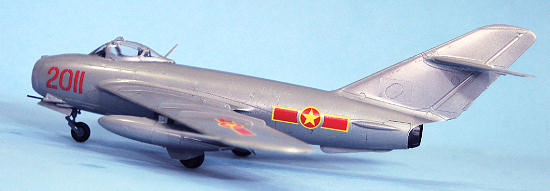 Laotian
plains beyond.
Laotian
plains beyond.
The two pilots kept their height, since they knew that under the riot
of green below were more than 6,000 permanent troops, their installations
ringed by one of the most sophisticated complexes of interlocked
anti-aircraft batteries to be found anywhere. The bug-headed OV-1 Mohawk
with its distinctive triple tail was both unmistakable and feared by the
North Vietnamese, who had learned the hard way just how easy it was to be
discovered under their jungle canopy by the Mohawk’s side-looking radar and
infrared detection gear. If luck wasn’t riding with them and they were
forced down, the fliers could expect to encounter leech-infested streams,
cliffs and hills with 60-degree slopes, covered with jungle so dense one
could not see more than a few feet in any direction, crossed by meager
animal trails covered with rotted tree roots, populated by 140 varieties of
poisonous snakes, the most unusual insects in the world, and all that was if
the NVA didn’t find you.
"All of a sudden, I felt the airplane taking hits," Lee recalls, "but
it felt different from before, not like the usual ground fire. I didn’t know
why, so I commenced a clearing turn to the right, but then my wingman - who
was maybe half a mile behind me in trail - shouted ‘You got a MiG behind
you!’"
"I immediately leveled my wings, just as a silver, swept-wing
airplane dove past on my left about sixty feet away at around 275 knots. My
first thought was it was an Australian F-86 Sabre, since they were based in
Thailand, but then I saw the red star on the tail and knew I was in
trouble."
The MiG-17 - for that is what it was - was already pulling out of its
dive two hundred feet below Lee and turning back for more. "I was a sitting
duck. With our full load of ordnance and extra fuel, I was so heavy I’d
stall at about 165 knots in a 30 degree bank, so I sure couldn’t dogfight
him." Lee ordered his wingman to break left and over the mountain range into
a cloud bank. No point in two
Mohawks being shot down that day.
The MiG pilot had made a major error in slowing down to make his
attack. While the OV-1A may have looked more like a dragonfly than an
airplane, it was a thoroughly-competent warplane. More than half the wing
span was within the wash of the big, reversible pitch propellers, and the
wing incorporated a pair of hydraulically operated auxiliary ailerons that
worked only when the flaps were down, for better low-speed control. It was
fully aerobatic, rated at plus 5G and minus 1.5G, and at least one Mohawk
had reportedly pulled 7Gs without structural damage. A British test pilot
who flew one when the RAF considered operating them compared its low-level
performance favorably with the Gloster Meteor in terms of acceleration and
power available.
Lee’s immediate thought was that the best defense was a good offense.
The OV-1A was different from all other Army fixed-wing aircraft in that it
could carry a 2.75-inch rocket pod and a podded .50-caliber machine gun
under each wing - a load Lee was
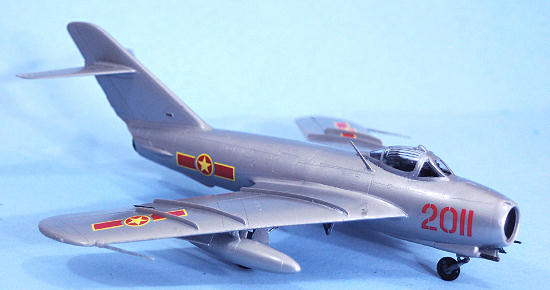 carrying
that morning. "I fired 38 rockets in two shots, and got what looked like
four hits on the MiG. I put about 100 rounds of .50-caliber into him - I
could see the tracers going into the fuselage. Hitting his engine killed his
power."
carrying
that morning. "I fired 38 rockets in two shots, and got what looked like
four hits on the MiG. I put about 100 rounds of .50-caliber into him - I
could see the tracers going into the fuselage. Hitting his engine killed his
power."
The MiG was climbing at about 1,000 fpm when Lee opened fire. "His
right wing dropped when he got hit, and he went into a cloud bank. I pulled
out of the clouds to the right, and saw him come out about three to five
seconds later. His right wing was low and his nose was pitched over, with
flickers of red flame, followed by white smoke, then black smoke, and then
orange flames."
The MiG went around one of the mountains ringing the Ashau, turning
into what Lee knew was a blind valley. "He was so low, he could not have
gotten out of that valley without impacting the hillside. The clouds were
dense and I didn’t follow him in there."
With the MiG gone, Lee and his wingman resumed their mission into
Laos. On the way back to their base, they reported the attack to the C-130
Control ship, "Hillsboro."
The two Mohawks landed back at their home base at Phu Bai, home of
the 131st Aviation Company. "I didn’t get scared from the fight
till I climbed out and saw the bullet holes in the tail and the aft
fuselage, but the unit leaders were also worried that maybe it had been an
Aussie Sabre, plus nobody could explain how a MiG could be down over South
Vietnam when they never came that far south before. The doubt continued for
days."
One accusation made was that the two pilots - neither of whom were
trained for air combat - might be telling this story to cover themselves
from the repercussions of being involved in a second friendly fire incident.
"Three weeks earlier, my wingman was accused of hitting my airplane when we
made a strafing run up in Ashau," Lee explained. The doubts came to an end
with the production of incontrovertible evidence that an air battle had
indeed happened. "My crew chief measured those 39 holes in my rear section,
and found they’d all struck at about a 45-degree angle, which would mean my
wingman would have had to have been diving on me to do that. And then there
was the fact that the
holes were bigger than a .50 cal. They were about 20 millimeter. After my
chief reported that, they started taking the story more seriously."
For the Army, Lee’s "victory" could turn into a major defeat if the
event became widely known. As Lee explained, "The Army was terrified that
the Air Force would force them to either disarm the Mohawks or even turn
them over to the Air Force."
While some might argue that Lee’s actions were in fact self-defense
after being attacked, and to prevent his airplane being shot down in a
second pass, senior Army aviation commanders didn’t see it that way. "When I
came back with a probable MiG kill," Lee explains, "there was just terrific
fear that any publicity at all would wreck the mission. I was specifically
ordered not to talk to anyone about any of it."
The Army knew well that the Air Force had reserved shooting down MiGs
as their exclusive domain.
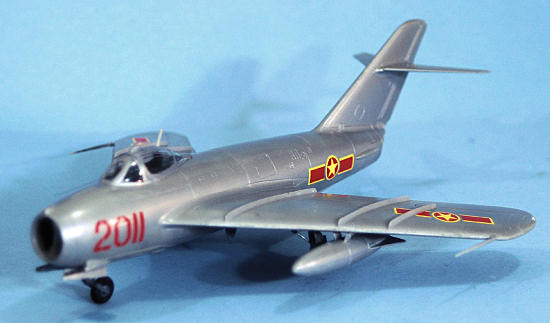 A few weeks later, Lee took a flight from Phu Bai to Ubon, Thailand
to deliver a target portfolio to COL Robin Olds, then commanding the 8th
TFW at Ubon. Olds had heard the rumors about a Mohawk shooting down a MiG,
and was interested to discover that Lee was the pilot involved. "He told me
they knew the North Vietnamese Air Force had set up an airfield just north
of the DMZ, and had planned to make air strikes on Khe Sanh during the
siege, so it was entirely plausible to him that there could be a MiG-17 all
the way down over the Ashau Valley."
A few weeks later, Lee took a flight from Phu Bai to Ubon, Thailand
to deliver a target portfolio to COL Robin Olds, then commanding the 8th
TFW at Ubon. Olds had heard the rumors about a Mohawk shooting down a MiG,
and was interested to discover that Lee was the pilot involved. "He told me
they knew the North Vietnamese Air Force had set up an airfield just north
of the DMZ, and had planned to make air strikes on Khe Sanh during the
siege, so it was entirely plausible to him that there could be a MiG-17 all
the way down over the Ashau Valley."
In May, 1968, Lee flew another mission that stopped at Ubon. "This time, I was met by Robin Olds and Chappie James, and they ordered me to accompany them over to the Officer’s Club. When we got there, the two of them accompanied me around the room on a ‘MiG Sweep’ that ended at the bar where the drinks were waiting. They told me a MiG had definitely been shot down under the circumstances I had described. When I asked how they knew, Olds said to me ‘We know things you guys don’t and will never find out.’"
[Just for the record, the OV-1 is the only Army fixed wing plane shot down in aerial combat during the war, and that by a MiG-17 in 1969.(Reference-US Army Aviation In Vietnam, Squadron/Signal, 2009, pg 18). Ed]
| THE KIT |
The MiG-17 hasn’t fared all that well as a model.
Over the years, various manufacturers have released various kits. I
recall the Hasegawa 1/72 MiG-17 from the 1960s, which barely looks like a
MiG-17, the outline accuracy being so bad.
KP Models in Czechoslovakia - who had access to the real thing -
created the first mostly-accurate kit, though it was given an overly-heavy
surface detail completely inappropriate to the scale.
Hobbycraft released a 1/48 MiG-17 in the late 1980s that suffers from
an
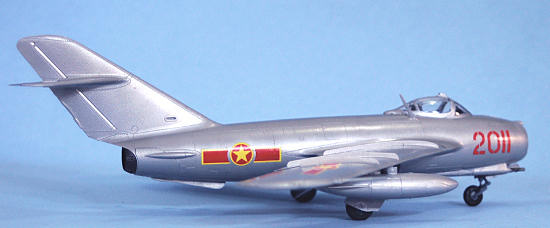 inaccurate
landing gear, but can be turned into a nice model.
This was followed by another 1/48 release from SMER that has
generally been considered the most accurate MiG-17, though it is a
“difficult” kit fit-wise.
inaccurate
landing gear, but can be turned into a nice model.
This was followed by another 1/48 release from SMER that has
generally been considered the most accurate MiG-17, though it is a
“difficult” kit fit-wise.
| CONSTRUCTION |
Construction of the kit is straightforward, with care needed to fit
parts as well as they can be, to reduce the amount of filling and sanding -
and later polishing - necessary to create a surface for a natural metal
finish.
I began by painting all the relevant parts “Russian Blue.”
While this was drying, I glued the forward and rear fuselage halves
together, then made a bulkhead with Evergreen sheet that I would be able to
attach the exhaust pipe to, since I did not plan to attach the engine.
I noted at this point that the rear fuselage was not right for a
MiG-17F with afterburner. All I
had to do was cut back the rear to the trailing edge of the dive brakes and
then do some minor re-shaping.
I then went back to assembling the cockpit and the nose wheel well,
which I then inserted in the fuselage.
Since this is going to be a display model with the canopy closed, I
did not go into as much detail in the cockpit as I would have otherwise.
I have seen the resin replacement cockpit and can highly recommend
it.
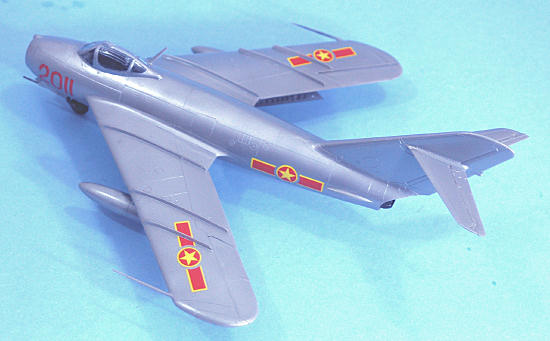 I added as much weight as possible in the nose, squeezing fishweights
flat so they would fit in confined spaces.
This is necessary because the majority of the model is behind the
line of the main gear, so too much weight is about enough if one wants to
avoid the model being a tail-sitter.
I added as much weight as possible in the nose, squeezing fishweights
flat so they would fit in confined spaces.
This is necessary because the majority of the model is behind the
line of the main gear, so too much weight is about enough if one wants to
avoid the model being a tail-sitter.
The wings proved to be a problem when there were large gaps after
they were attached to the fuselage.
I filled these with cyanoacrylate glue.
Another modeler reports using Evergreen strip to fill these gaps, and
that would definitely work.
After all that was done, there was quite a bit of sanding, re-filling,
re-sanding with finer and finer grits and then a lot of polishing to get the
surface as smooth as possible.
I also found poor fit for the upper nose panel and the intake ring, which
also required filling, sanding and polishing.
The canopy is accurate in shape but has the antenna wiring molded in,
in a very annoying way. I
strongly recommend getting the Falcon/Squadron vacuform canopy for the
MiG-15, which was also used by the MiG-17F.
This will look much better and is so clear that one could mount it
closed even with the resin cockpit and still be able to see everything.
The control surfaces are all separate, but they did not present any problems when I assembled them and attached them to the wings, horizontal stabilizers and the vertical fin. I did the ailerons and elevators before attaching the wings and horizontal stabilizers to the fuselage. The flaps fit better posed open, which is usually the case with any model that has lowered flaps.
| COLORS & MARKINGS |
I gave the model a primer coat of Tamiya “Sky Grey,” then painted it
overall with Talon “Aluminum,” my favorite metalizer paint, since it is
acrylic and doesn’t stink up the place when used.
Decals:
I used the kit decals to do the NVAF airplane.
They went on without problem under a coat of MicroSol.
Final Assembly:
I assembled the landing gear and attached it, then attached the drop
tanks. I finished by unmasking
the canopy.
| CONCLUSIONS |
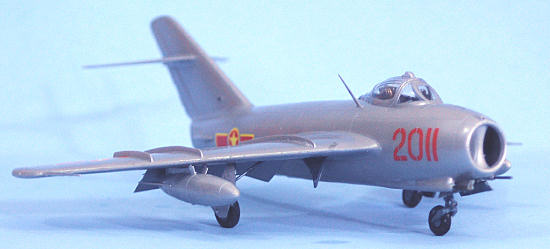 The Hobby Boss MiG-17 is not an easy kit, but not so difficult that a
modeler of average ability would have any problem with the project.
Test fit everything carefully to get the best fit, since you will be
filling and sanding afterwards. When finished, the model is easily the best
representative of a MiG-17 available.
The Hobby Boss MiG-17 is not an easy kit, but not so difficult that a
modeler of average ability would have any problem with the project.
Test fit everything carefully to get the best fit, since you will be
filling and sanding afterwards. When finished, the model is easily the best
representative of a MiG-17 available.
This particular model now sits on a shelf next to my Roden OV-1A,
proudly displayed by Ken Lee, the pilot of the OV-1 who did indeed shoot
down a MiG-17.
Review Kit courtesy of
HobbyLink Japan. Get yours at
www.hlj.com
Copyright ModelingMadness.com. All rights reserved. No reproduction in part or in whole without express permission from the editor.
If you would like your product reviewed fairly and fairly quickly, please contact the editor or see other details in the Note to Contributors.
Back to the Review Index Page 2016